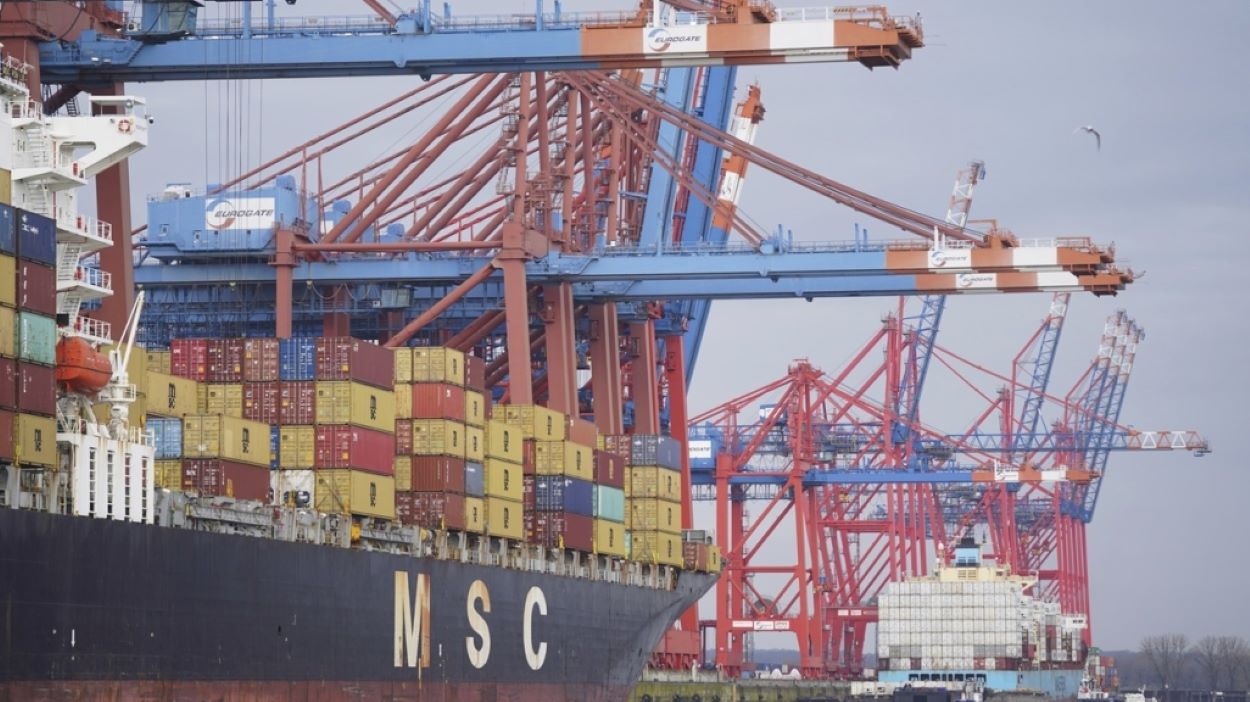China-Latin American Relations: Implications for Trade and Development
China-Latin American Relations: Implications for Trade and Development
At an event co-hosted by AS/COA and the Asia Society, panelists discussed deepening Sino-Latin America trade and political relations, as well as how the financial crisis could affect ties.
Panelists:
- Don Hanna, Managing Director, Emerging Market Economic & Market Analysis, Citigroup
- Kati Suominen, International Trade Specialist, Inter-American Development Bank
- John Delury, Director, China Boom Project and Associate Director, Center on U.S.-China Relations
- Christopher Sabatini, Senior Director of Policy, AS/COA and Editor-in-Chief, Americas Quarterly (moderator)
Summary
The Americas Society/Council of the Americas and the Asia Society hosted a panel on China-Latin American relations and its implications for trade and development. The event was a timely discussion that took place just after Chinese President Hu Jintao's recent trip to Latin America, when Hu looked to cement Beijing's growing relationship with the region.
Listen to a podcast of the panel discussion.
A Growing but Undeveloped Relationship
In 1995 China was the twelfth largest trading partner with Latin America. Today it is the third, after the United States and the European Union. In 2000, recipricol trade reached $12.2 billion. This figure rose to $107 billion in 2007 and, in the first three quarters of 2008, totaled $111 billion.
While all panelists expressed that these figures were impressive, they also agreed that the Chinese-Latin American relationship consisted mostly of trade. In terms of Chinese foreign direct investment (FDI) in Latin America, the numbers were much less striking. China accounted for around $2 to $3 billion of FDI in the region, representing only 2 percent of the foreign investment dollars received by Latin America last year. FDI in the other direction was also limited, with a few notable exceptions such as Brazil’s Embraer, which has begun operations in China.
Still, China’s accession as donor member in the Inter-American Development Bank this year, Hu-Jintao’s recent visit to the region, and the recent free-trade agreements with Peru and Costa Rica demonstrate positive signs of a growing and more productive relationship.
The Crisis, China, and Latin America
Panelist agreed that the recent economic crisis would accelerate China’s shift from its traditional export-led growth model to an inward domestic-demand driven one. This transformation could be difficult and lengthy, though, given the size of China’s population and the need of the government to provide jobs and maintain social stability. At the time of the panel, the Chinese government was considering subsidizing exports and had just devalued its currency for the first time in five years—a period over which it had been slowly appreciating.
A shift in China’s economic model could have both positive and negative implications for Latin America. On the negative side, as global demand for Chinese products slows down, so will demand for some commodities. Latin America serves as a huge commodity exporter and countries such as Peru and Chile are likely to see less Chinese appetite for some of their main export products, including copper or aluminum. In addition, if there were any government plans for investment abroad, these may be reconsidered or set aside for the future.
On the bright side, the reorientation to domestic demand bodes well for countries like Mexico and Brazil that compete with China manufacturing and exporting products. In addition, China is set to create around 20 million jobs each year and each one of them will become a consumer. The leaders of Latin America should note that, and perhaps think about reshaping their exports accordingly.







